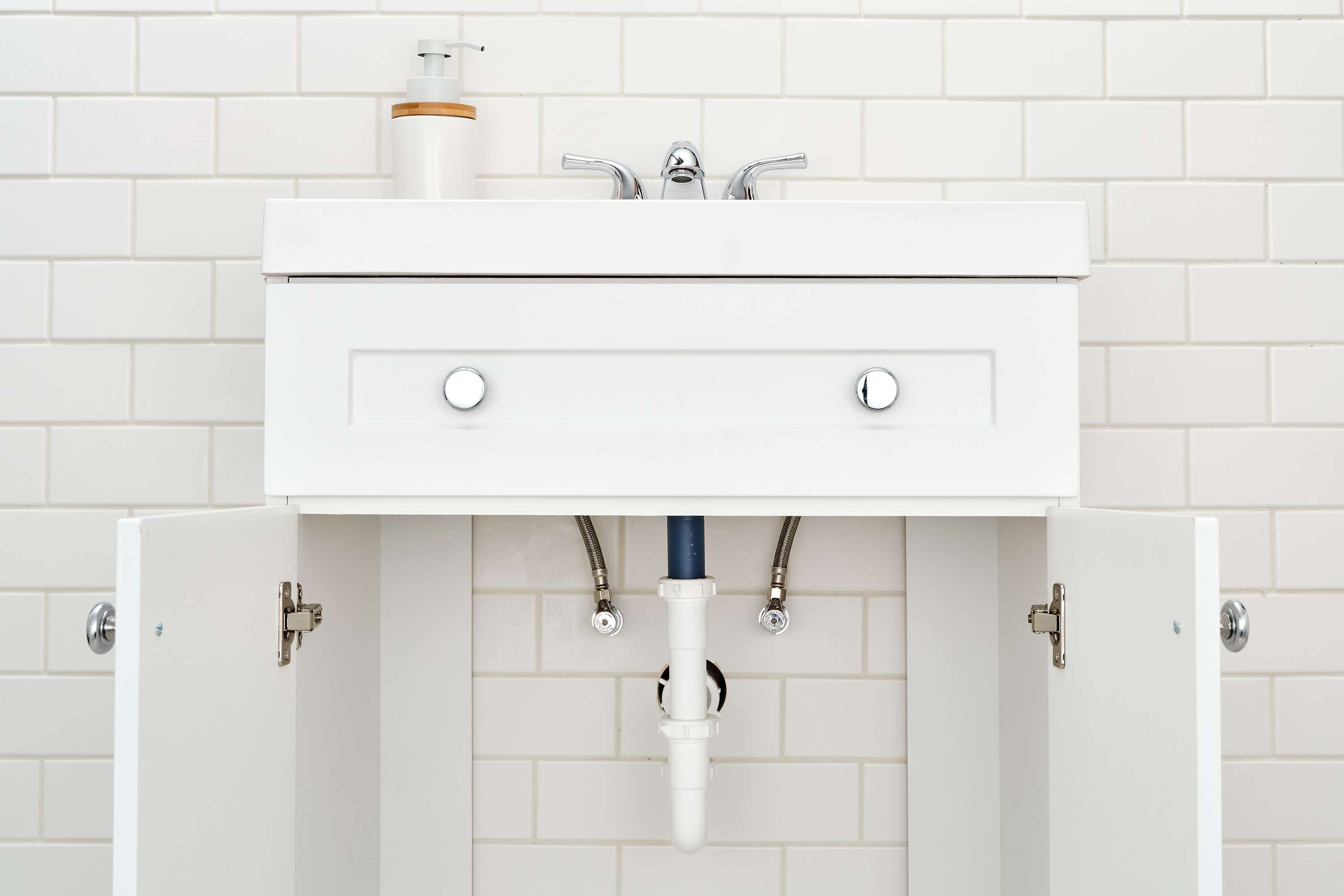

Articles
What Are The Parts Of The Faucet Called?
Modified: August 25, 2024
Discover the different components of a faucet and learn their names in this comprehensive article. Gain useful knowledge about articles on plumbing and home improvement.
(Many of the links in this article redirect to a specific reviewed product. Your purchase of these products through affiliate links helps to generate commission for Storables.com, at no extra cost. Learn more)
Introduction
Have you ever wondered what those different parts of a faucet are called? From the handle that turns the water on and off to the spout that dispenses the water, faucets consist of various components that work together to deliver water to your sink. Understanding the different parts of a faucet can be useful when it comes to identifying and troubleshooting any issues that may arise.
In this article, we will explore the various parts of a faucet and discuss their functions. So, whether you are a curious homeowner or a DIY enthusiast, let’s dive into the fascinating world of faucet anatomy.
Key Takeaways:
- Understanding the different parts of a faucet, from the handle to the mounting nut, empowers homeowners and DIY enthusiasts to troubleshoot issues and make informed decisions when buying or replacing a faucet.
- Regular inspection and maintenance of faucet components such as O-rings, washers, and supply lines are essential to prevent leaks and ensure optimal functionality, providing a reliable and efficient water flow for years to come.
Read more: What Are Parts Of Stairs Called
The Handle
One of the most recognizable parts of a faucet is the handle. Located at the top or side of the faucet, the handle is used to control the flow and temperature of the water. There are different types of handles, including single-handle and double-handle faucets.
A single-handle faucet typically has a lever-style handle that moves up and down or side to side to adjust the water flow and rotate to control the temperature. Double-handle faucets, on the other hand, have separate handles for hot and cold water.
The handle is connected to a valve or cartridge mechanism inside the faucet body. When you turn the handle, it activates the valve or cartridge, allowing the water to flow through the faucet.
It is important to note that some modern faucets may have touchless or sensor-activated handles, which eliminate the need for manual control. Instead, they rely on motion sensors to detect when to turn the water on and off.
Whether it is a classic lever-style handle or a cutting-edge touchless design, the handle is an essential part of the faucet that allows you to control the water flow and temperature with ease and convenience.
The Spout
The spout is the part of the faucet from which the water flows out into the sink. It is typically a long, cylindrical tube that extends over the sink and directs the water downwards.
The main function of the spout is to provide a controlled pathway for the water to flow out of the faucet and into the sink. It is designed to create a smooth and steady stream of water, allowing for efficient water usage and minimizing splashing.
Spouts come in various shapes and sizes, depending on the style of the faucet. Some spouts have a gradual curve, while others have a more angular or straight design. Additionally, some faucets may have a pull-down or pull-out spout that can be easily maneuvered to reach different areas of the sink.
In addition to its functional purpose, the spout also contributes to the overall aesthetic of the faucet. It can be a focal point in the design, adding a touch of elegance or modernity to the sink area.
When selecting a faucet, it is important to consider the height and reach of the spout. The height should be adequate to provide enough clearance for washing dishes or filling tall containers, while the reach should ensure that the water stream falls directly into the sink without splashing onto the countertop.
Overall, the spout is a crucial component of the faucet, responsible for delivering water precisely and efficiently into the sink, while also complementing the overall design of the faucet.
The Aerator
The aerator is a small device attached to the end of the faucet spout. Its purpose is to regulate the flow of water and introduce air into the stream, resulting in a smooth and consistent flow.
The aerator consists of a screen or mesh that helps to break up the water stream into smaller, evenly distributed droplets. This not only reduces splashing but also helps to conserve water by maintaining a steady flow while using less water than a non-aerated faucet.
In addition to water conservation, the aerator also plays a role in reducing the amount of water splashing out of the sink when the faucet is turned on. By mixing air with the water, the aerator helps to create a softer, less turbulent stream, preventing excessive splashing and water wastage.
Furthermore, aerators are often designed to add an element of water efficiency by limiting the flow rate to a specific value, usually measured in gallons per minute (GPM). This helps to reduce water consumption and lower utility bills without compromising on functionality.
Aerators are available in different flow rates, allowing you to choose the one that best suits your needs. For kitchen faucets, a flow rate of around 1.5 to 2.5 GPM is common, while bathroom faucets may have a slightly lower flow rate of around 1.0 to 1.5 GPM.
If you find that the water flow from your faucet is weak or lacks pressure, it may be due to a clogged or malfunctioning aerator. In such cases, you can easily remove the aerator, clean it, and reattach it to restore the proper flow.
In summary, the aerator is a vital part of the faucet that regulates water flow, adds air to the stream, reduces splashing, and promotes water conservation.
The Cartridge/Valve
The cartridge or valve is the internal mechanism responsible for controlling the flow of water within the faucet. It is crucial in determining how the handle operates and how effectively the faucet functions.
There are different types of cartridges or valves used in faucets, including compression valves, ball valves, ceramic disc valves, and cartridge valves. Each type has its own unique design and functionality.
Compression valves are the oldest type of valve and are commonly found in older faucets. They consist of a rubber washer that, when tightened against a seat, stops the flow of water. However, over time, the washer can wear out, causing leaks and requiring replacement.
Ball valves, on the other hand, use a rotating ball with openings to control the flow of water. By turning the handle, the ball is positioned to allow water to flow or shut off entirely. These valves are durable and reliable, making them popular in many faucets.
Ceramic disc valves are known for their longevity and smooth operation. They use two ceramic discs with matching holes that control the flow of water. By aligning the holes, the water can flow, and by rotating the handle, the discs can be opened or closed for more precise water control.
Cartridge valves are common in modern faucets and consist of a replaceable cartridge that can be easily removed and replaced if necessary. They provide efficient control over water flow and temperature and are often designed for smooth and drip-free operation.
Regardless of the type of valve used, it is important to regularly maintain and replace any worn-out parts to prevent leaks and ensure optimal performance.
When choosing a faucet, consider the type of valve it uses. Opting for a high-quality valve can significantly impact the durability and functionality of the faucet, providing you with years of reliable use.
In summary, the cartridge or valve is the internal component that controls the flow and operation of the faucet. Its type and quality directly affect the reliability and performance of the faucet over time.
Read more: What Are The Parts Of Blinds Called
The Escutcheon Plate/Base Plate
The escutcheon plate, also known as the base plate or deck plate, is a decorative and functional component of a faucet that covers the holes in the sink or countertop through which the faucet is mounted.
The primary purpose of the escutcheon plate is to provide a clean and finished look by concealing any gaps or exposed areas around the faucet. It adds a polished and cohesive appearance to the overall sink area.
In addition to its aesthetic value, the escutcheon plate also serves a practical role in preventing water from seeping into the countertop or wall behind the faucet. It acts as a barrier, ensuring that water does not reach areas where it can cause damage or promote the growth of mold and mildew.
Escutcheon plates come in various shapes and sizes to accommodate different faucet configurations. They can be round, square, or rectangular, depending on the style of the faucet and the number of mounting holes on the sink or countertop.
Some faucets come with a built-in escutcheon plate, while others may require a separate plate to be installed. It is essential to select an escutcheon plate that matches the design and finish of the faucet to maintain a cohesive look.
During the installation process, the escutcheon plate is typically secured to the sink or countertop using screws or mounting brackets. It is important to ensure that the plate is properly aligned and securely fastened to avoid any movement or potential water leakage.
If your faucet is a single-hole design and does not require an escutcheon plate, you can skip this step during installation. However, if you have existing mounting holes that you want to cover, or if you prefer the aesthetic of a plate, you can choose to install an escutcheon plate to enhance the appearance of your faucet and sink.
In summary, the escutcheon plate is a decorative and functional component of a faucet that covers the mounting holes and provides a clean and finished look. It not only enhances the aesthetic appeal but also helps to prevent water damage and maintain the integrity of the surrounding area.
The main parts of a faucet are the spout, handle, aerator, cartridge, and valve. Understanding these parts can help with troubleshooting and maintenance.
The O-Rings and Washers
O-rings and washers are small but important components of a faucet that help to prevent leaks and ensure a watertight seal between the various parts.
O-rings are round rubber rings that are placed around the base of the spout or inside the faucet body. They provide a tight seal, preventing water from leaking around the spout or handles. O-rings are flexible and durable, allowing them to maintain their shape and sealing ability even with frequent use.
Washers, on the other hand, are thin disks made of rubber or metal that are placed between the various components of the faucet. They serve as a cushion and seal between parts that may come into contact with each other. For example, washers are commonly used between the handle and the valve stem to prevent water from leaking out when the handle is turned on.
Over time, O-rings and washers can wear out or become damaged, leading to leaks and drips. If you notice water dripping from the spout or around the handles, it is often an indication that the O-rings or washers need to be replaced.
Replacing O-rings and washers is a relatively simple and inexpensive task. In most cases, you can disassemble the faucet, locate the worn-out O-rings or washers, and replace them with new ones of the same size and shape. It is recommended to use genuine replacement parts to ensure the best possible fit and performance.
Regularly inspecting and maintaining the O-rings and washers in your faucet can help to prevent potential leaks and extend the lifespan of the faucet. If you are unsure about how to replace these components, it is advised to consult the faucet manufacturer’s instructions or seek professional assistance.
To summarize, O-rings and washers play a crucial role in providing a watertight seal and preventing leaks in a faucet. Regular maintenance and replacement of these components can help to avoid water wastage and maintain the efficiency of your faucet.
The Supply Lines
The supply lines are the tubes or pipes that connect the faucet to the water supply. These lines deliver the water from the plumbing system to the faucet, ensuring a steady and controlled flow.
Typically made of flexible materials such as braided stainless steel or nylon, supply lines are designed to withstand pressure and resist leaks. They are available in different lengths to accommodate various faucet and sink configurations.
Supply lines are often equipped with connectors at both ends, allowing for easy installation and connection to the faucet and water supply valves. The connectors can vary in type, such as compression fittings, threaded fittings, or quick-connect fittings, depending on the specific plumbing system and faucet design.
When installing or replacing a faucet, it is essential to ensure that the supply lines are properly connected and tightened. Loose or improperly installed supply lines can lead to leaks and water damage over time.
Furthermore, it is important to inspect the supply lines periodically for any signs of wear or damage. Look for cracks, bulges, or kinks that could hinder water flow or indicate an impending leak. If any issues are detected, it is advisable to replace the supply lines promptly to prevent potential leaks and water damage.
As a precautionary measure, it is recommended to shut off the water supply and drain any remaining water from the supply lines before working on or replacing the faucet. This can help minimize the risk of water leakage during the installation process.
Overall, the supply lines are a vital part of a faucet, responsible for delivering a steady and controlled flow of water from the plumbing system to the faucet. Proper installation, regular inspection, and timely replacement of supply lines are necessary to ensure optimal performance and prevent potential leaks.
The Mounting Nut
The mounting nut is a crucial component of a faucet that secures the faucet to the sink or countertop. It provides stability and prevents the faucet from wobbling or becoming loose during use.
Typically made of metal, such as brass or stainless steel, the mounting nut is located underneath the sink or countertop. It is threaded and designed to tightly fasten the faucet to the surface by securing it against a mounting plate or deck plate.
During the installation process, the mounting nut is usually tightened using an adjustable wrench or a specialized tool. It is important to ensure that the nut is securely tightened but not overly tightened, as excessive force can damage the faucet or the sink.
In addition to holding the faucet in place, the mounting nut also helps to create a watertight seal between the faucet and the sink. This prevents water from leaking or seeping into the space beneath the sink, which could lead to water damage or mold growth.
If you ever need to remove or replace the faucet, the mounting nut will need to be loosened or removed. This can usually be done by turning it counterclockwise with an adjustable wrench or by using a specific tool provided by the faucet manufacturer.
Regular maintenance and inspection of the mounting nut are essential to ensure its proper functionality. Over time, the nut may become loose due to repeated use or vibrations, causing the faucet to wobble or leak. If you notice any looseness or water leakage around the base of the faucet, it may be an indication that the mounting nut needs to be tightened or replaced.
In summary, the mounting nut is a critical component of a faucet that secures it to the sink or countertop, providing stability and preventing wobbling. It plays a vital role in maintaining a secure and watertight connection between the faucet and the surface it is mounted on.
The Deck Plate (if applicable)
The deck plate, also known as a base plate or escutcheon plate, is an optional component of a faucet that covers the extra mounting holes on the sink or countertop. It is typically used when replacing a faucet that requires fewer holes than the existing sink or countertop has.
The primary function of the deck plate is to provide a neat and finished look by concealing the unused or extra mounting holes. It helps to create a seamless appearance and maintain the overall aesthetic of the sink area.
In addition to its aesthetic value, the deck plate also serves a practical purpose by acting as a barrier, preventing water from seeping into the additional holes. This helps to protect the sink or countertop from potential water damage or the growth of mold and mildew.
The deck plate is available in various shapes and sizes to accommodate different faucet and sink configurations. It can be round, square, or rectangular, depending on the design and style of the faucet and the number of mounting holes on the sink or countertop.
During the installation process, the deck plate is generally positioned over the extra mounting holes and secured using screws or mounting brackets. It is important to ensure that the deck plate is properly aligned and securely fastened to prevent any movement or potential water leakage.
If you are replacing a faucet and have extra mounting holes that you want to cover, the deck plate offers a simple and effective solution. It provides a clean and polished look while also preserving the integrity and functionality of the sink or countertop.
However, it is worth noting that not all faucets require a deck plate. Some faucets are designed as single-hole installations and do not require any additional coverings. In such cases, the deck plate is unnecessary and can be omitted during the installation process.
In summary, the deck plate is an optional component of a faucet that covers extra mounting holes on the sink or countertop. It not only enhances the aesthetic appeal but also provides protection against water damage. Consider the design and number of mounting holes when deciding whether to use a deck plate during faucet installation.
Conclusion
Understanding the different parts of a faucet is essential for homeowners and DIY enthusiasts alike. From the handle that controls the water flow to the spout that dispenses the water, each component plays a crucial role in the overall functionality and aesthetics of the faucet.
Throughout this article, we have explored the various parts of a faucet, including the handle, spout, aerator, cartridge/valve, escutcheon plate/base plate, O-rings and washers, supply lines, mounting nut, and the deck plate (if applicable).
The handle allows for easy control of water flow and temperature. The spout is responsible for delivering a smooth and controlled stream of water. The aerator helps conserve water and prevents splashing. The cartridge/valve enables precise control over water flow and temperature. The escutcheon plate/base plate covers mounting holes and adds a finished look. The O-rings and washers ensure a watertight seal and prevent leaks. The supply lines connect the faucet to the water supply. The mounting nut provides stability and secures the faucet to the sink or countertop. The deck plate is optional, covering extra mounting holes when needed.
By understanding the purpose and function of each part, you can troubleshoot issues, perform maintenance, and make more informed decisions when buying or replacing a faucet.
Remember to regularly inspect and maintain your faucet to ensure proper functionality and prevent potential leaks or damage. When in doubt, consult the manufacturer’s instructions or seek professional assistance.
Whether you are renovating your kitchen, upgrading your bathroom, or simply curious about how faucets work, having a comprehensive understanding of the parts of a faucet will empower you to make informed choices and enjoy a reliable and efficient water flow for years to come.
Frequently Asked Questions about What Are The Parts Of The Faucet Called?
Was this page helpful?
At Storables.com, we guarantee accurate and reliable information. Our content, validated by Expert Board Contributors, is crafted following stringent Editorial Policies. We're committed to providing you with well-researched, expert-backed insights for all your informational needs.
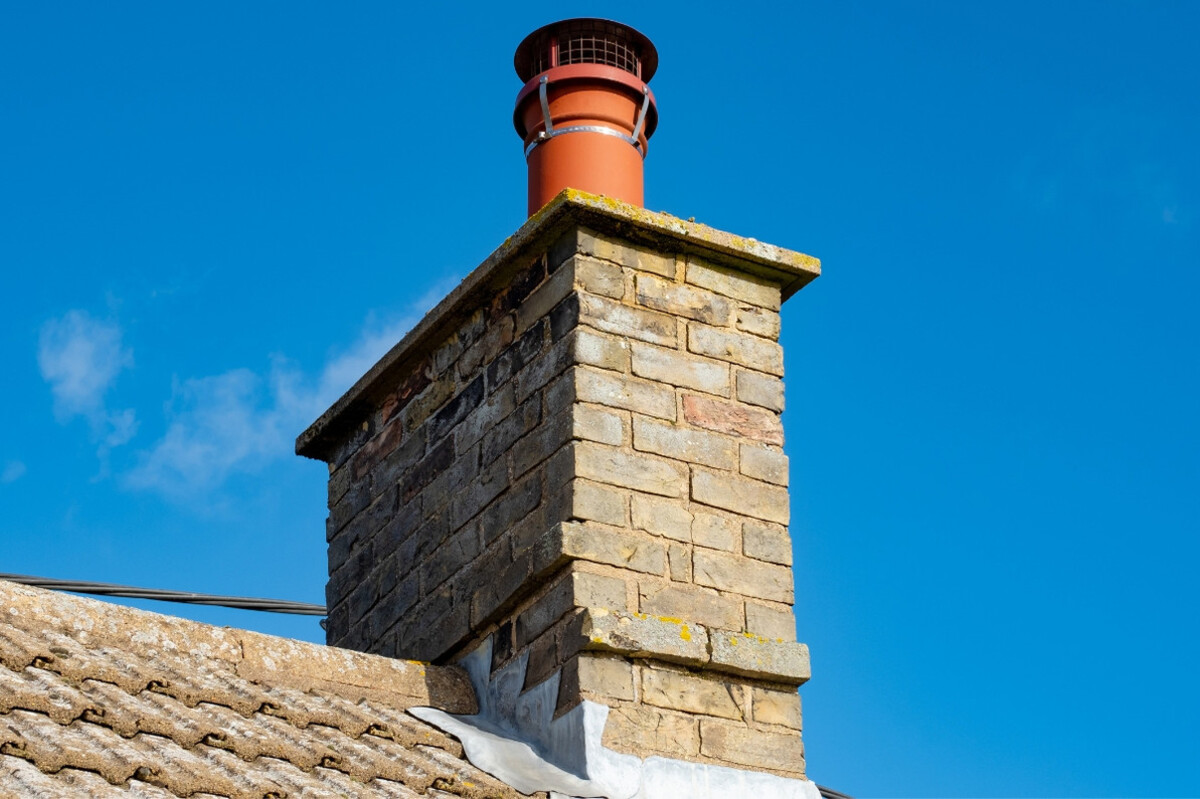

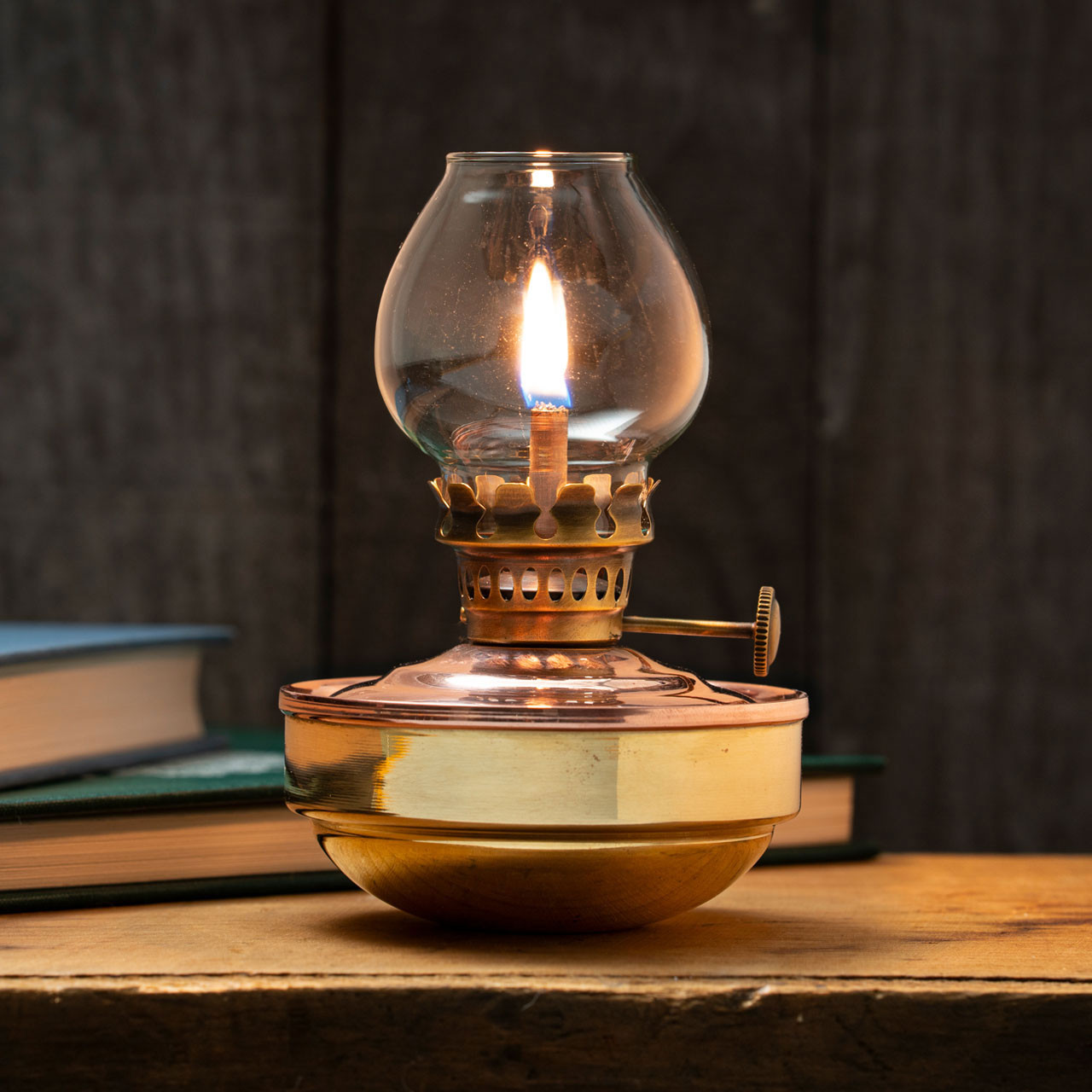
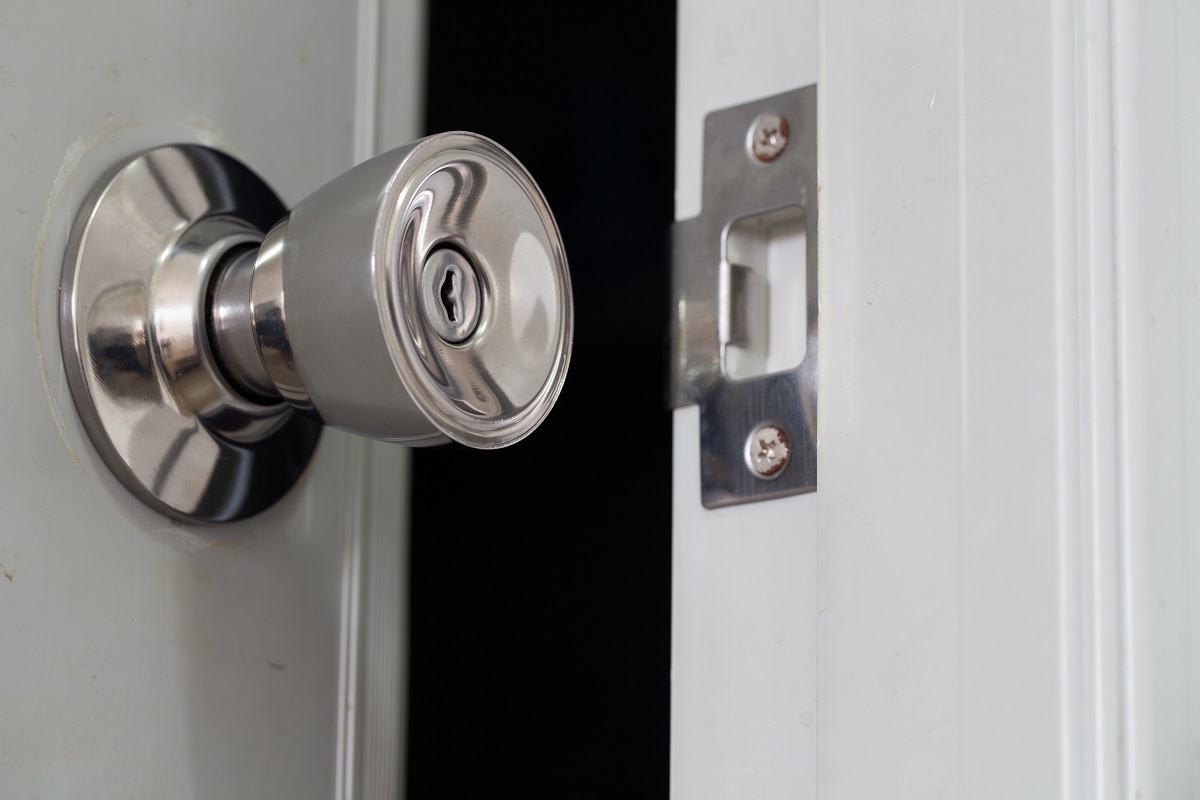
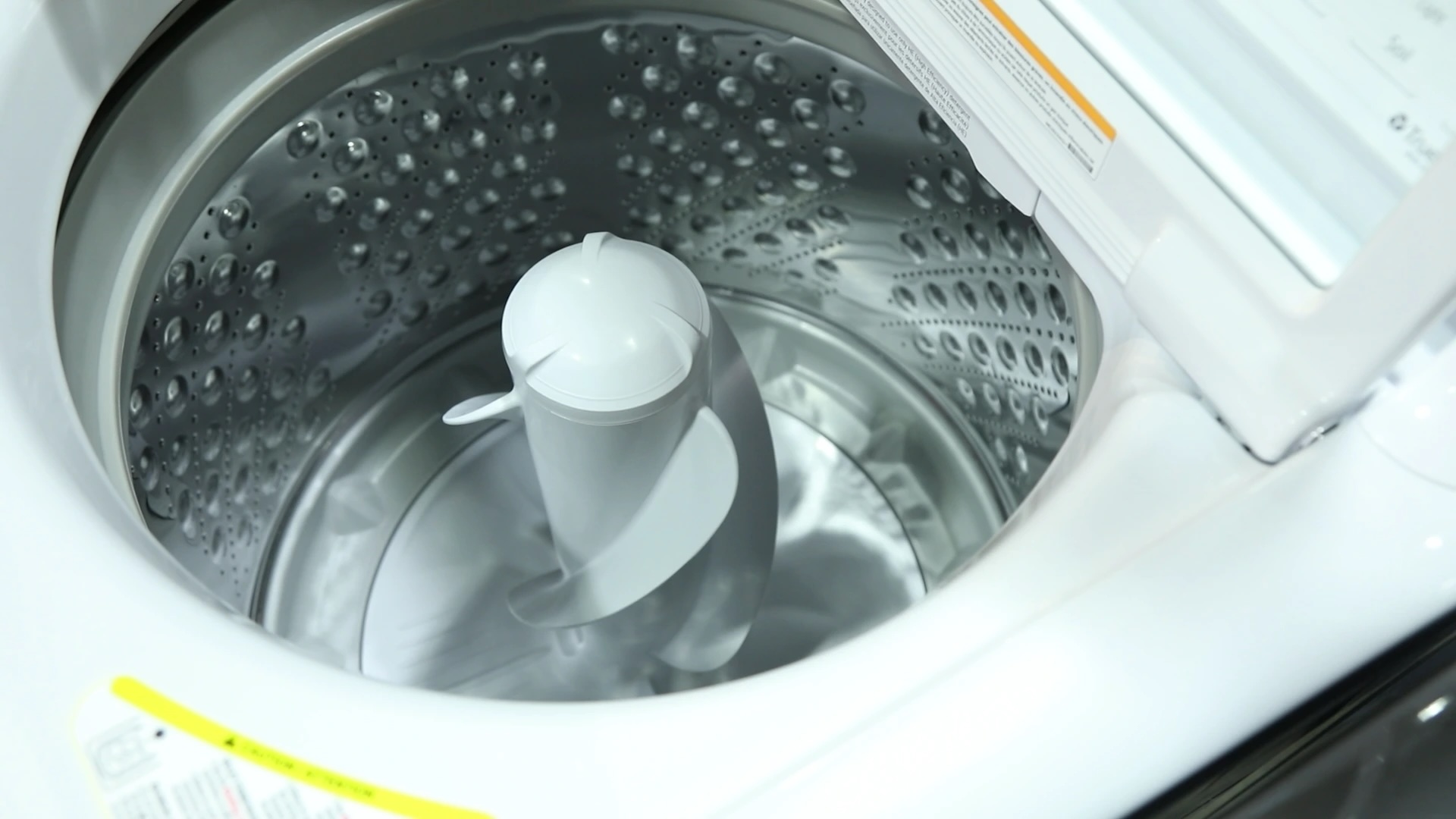

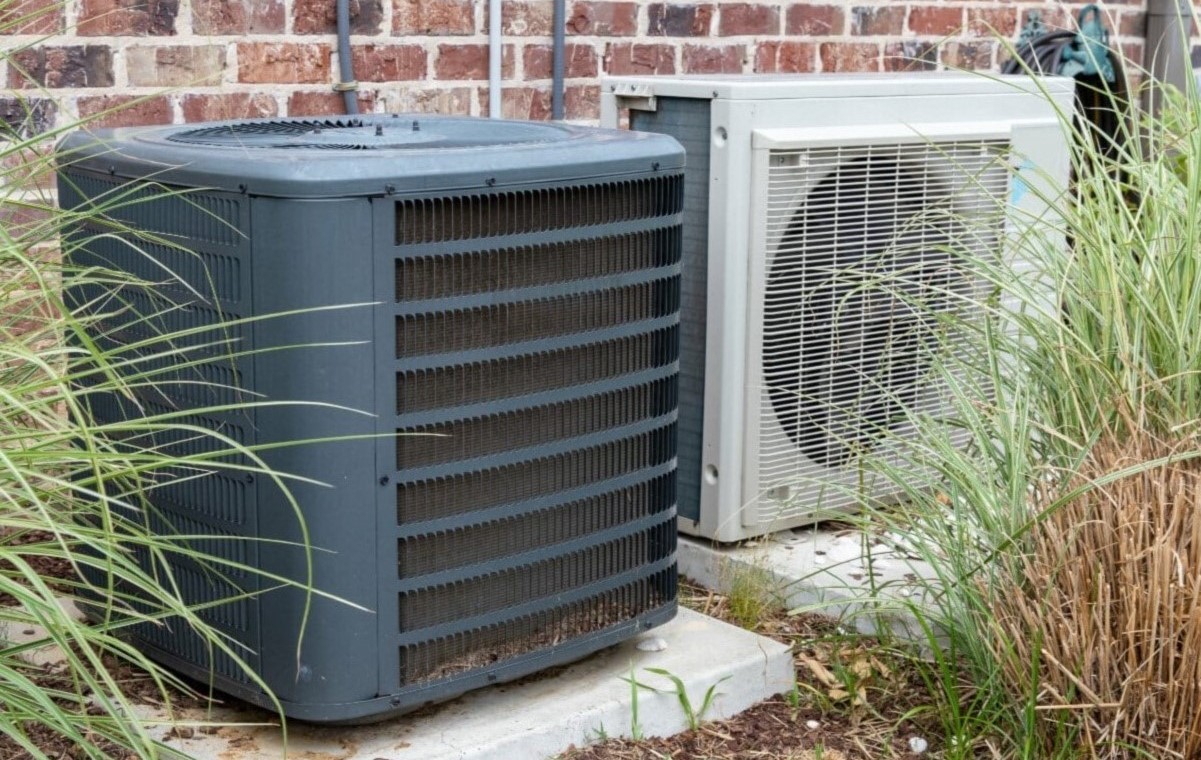
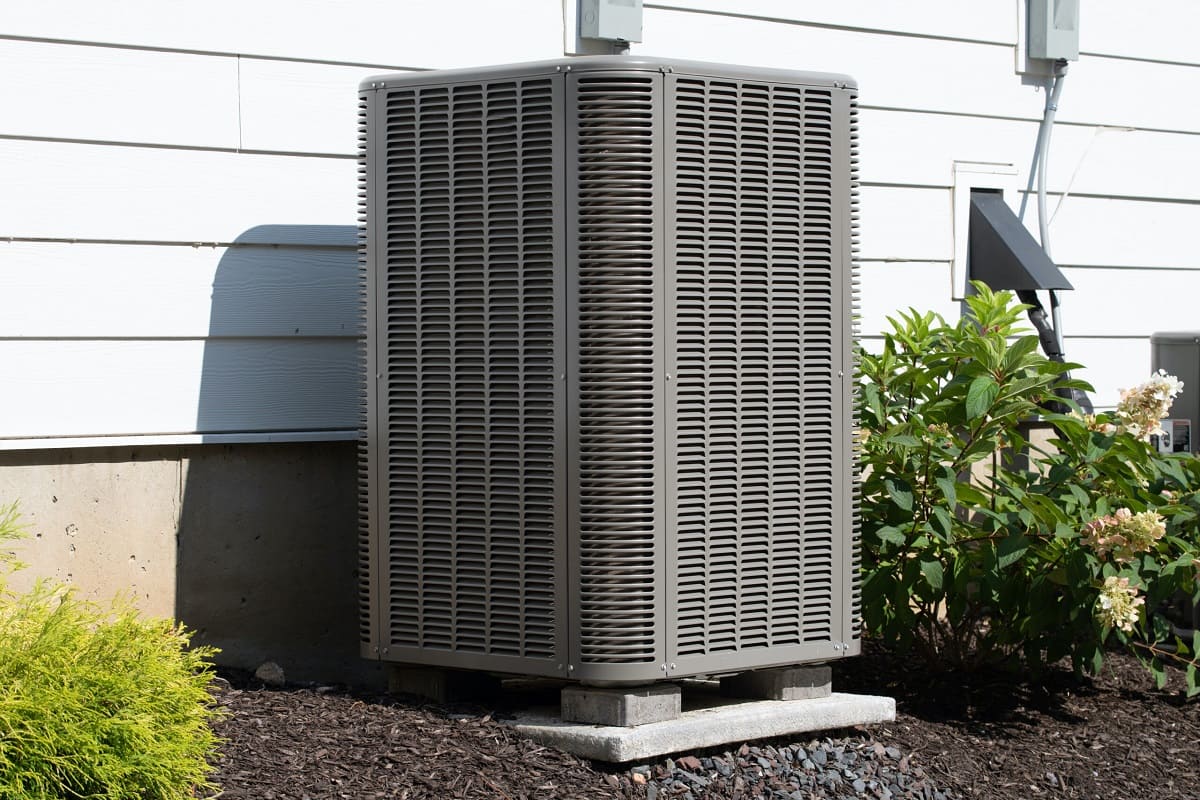
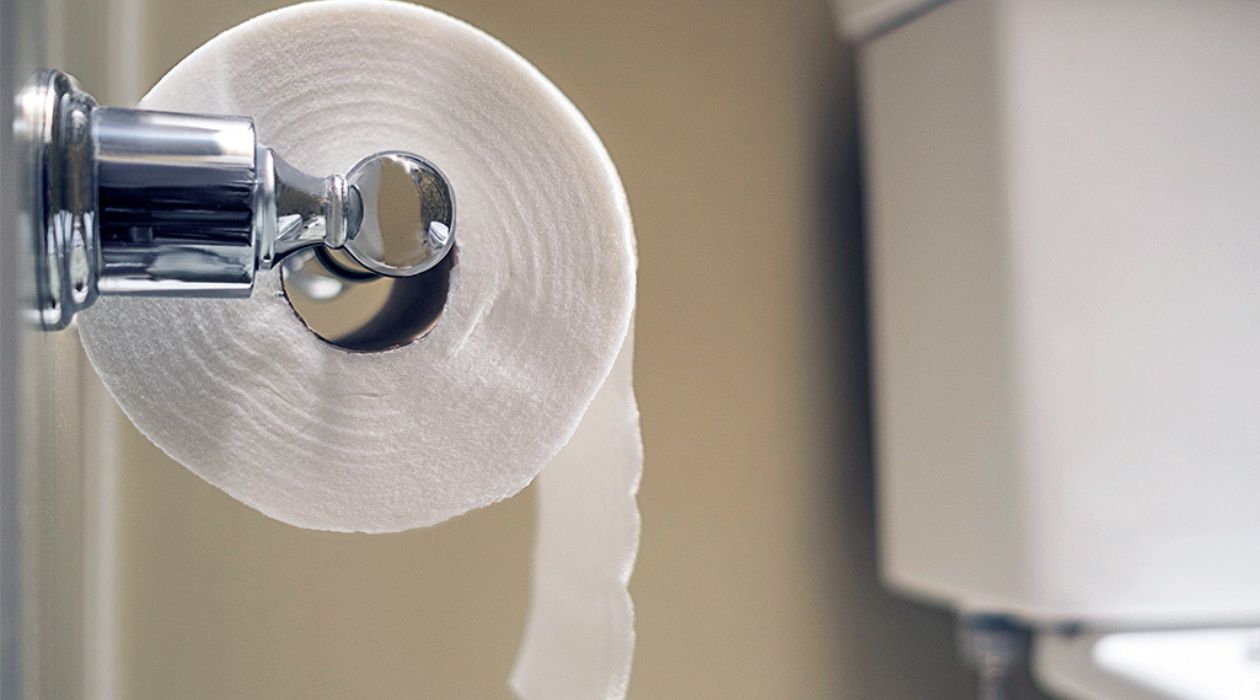
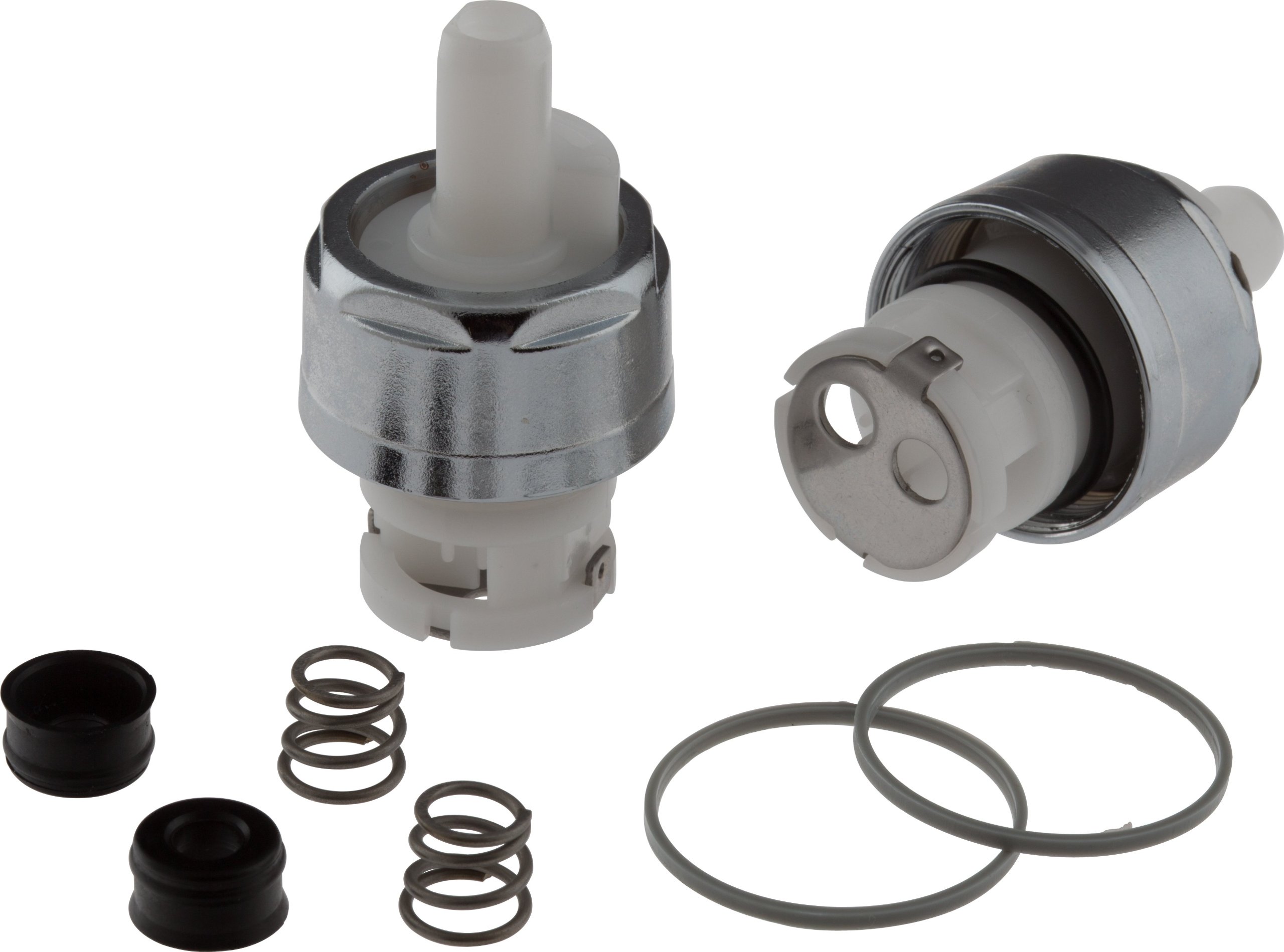
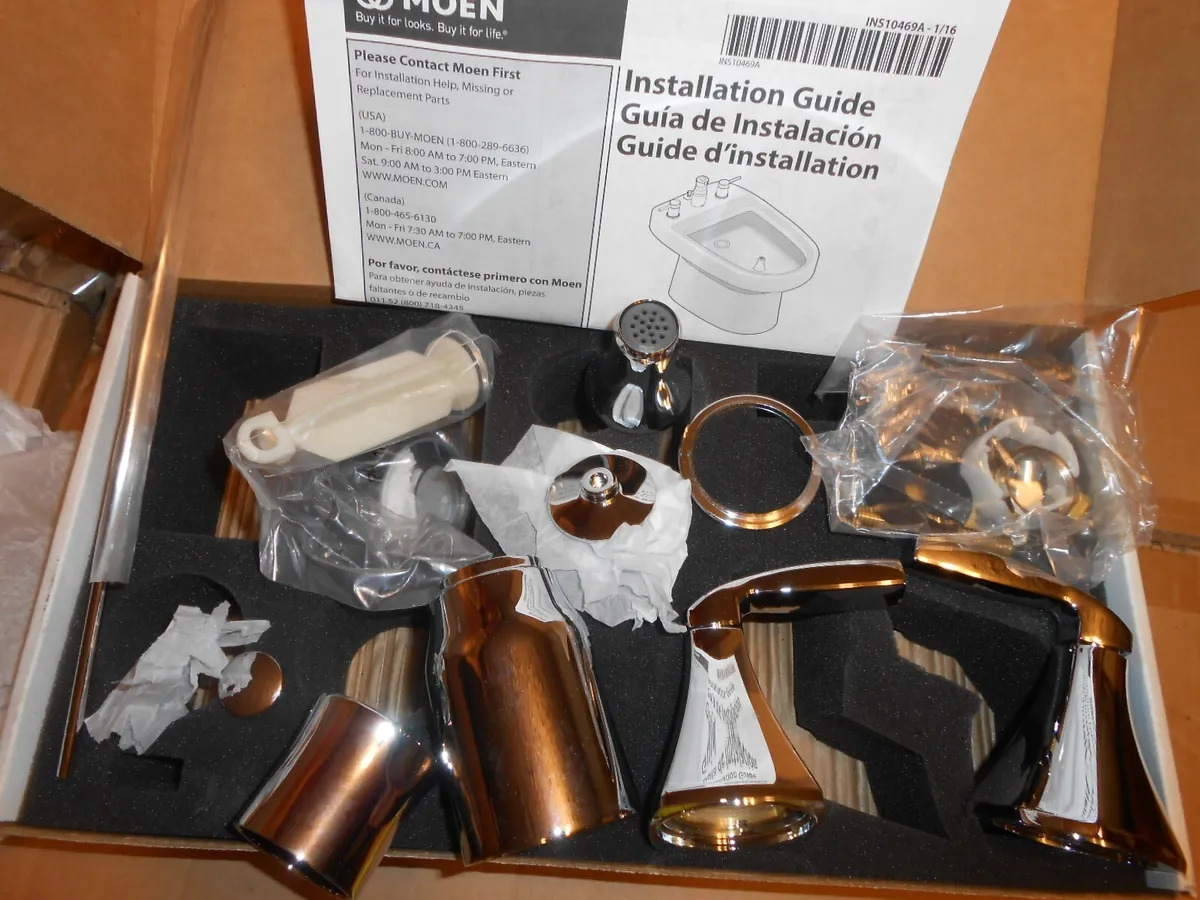
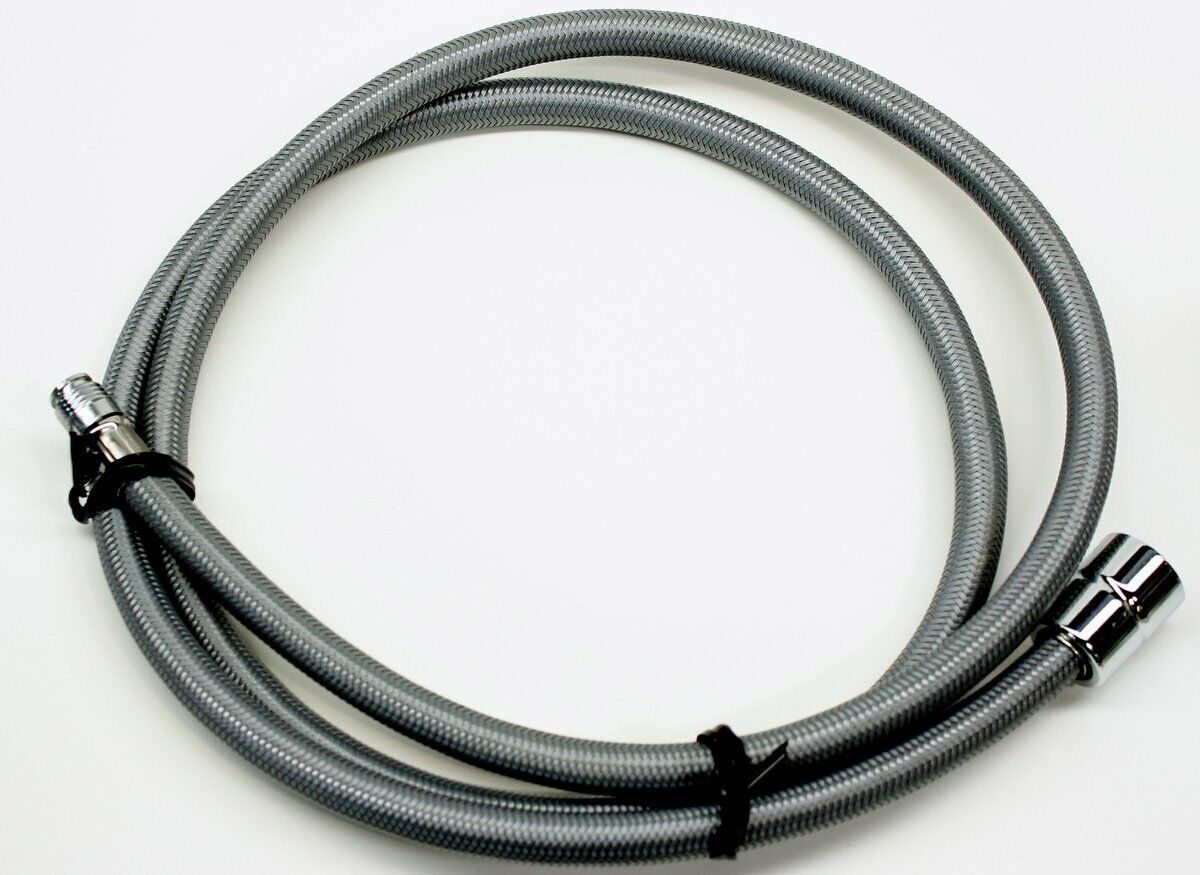
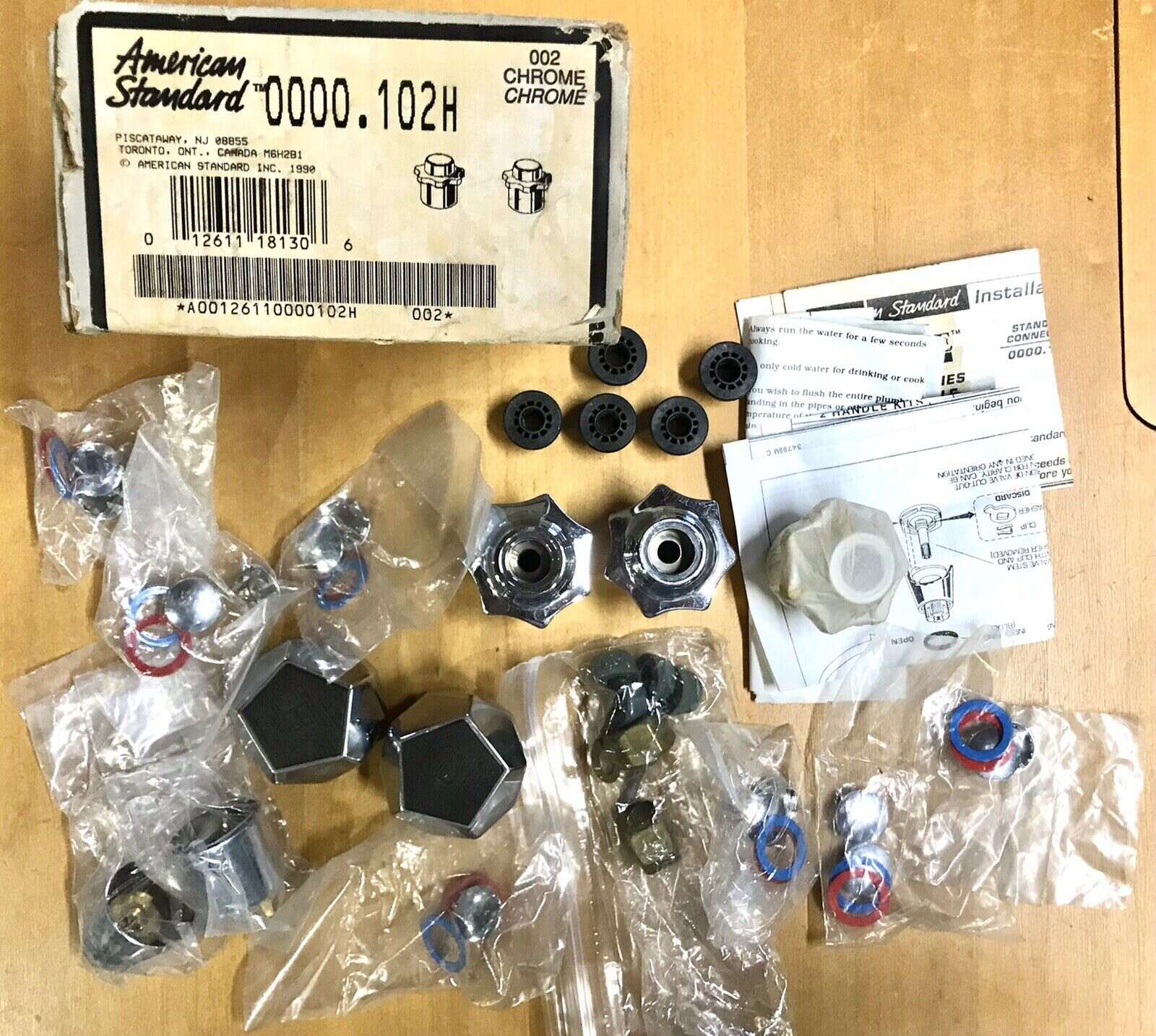

0 thoughts on “What Are The Parts Of The Faucet Called?”